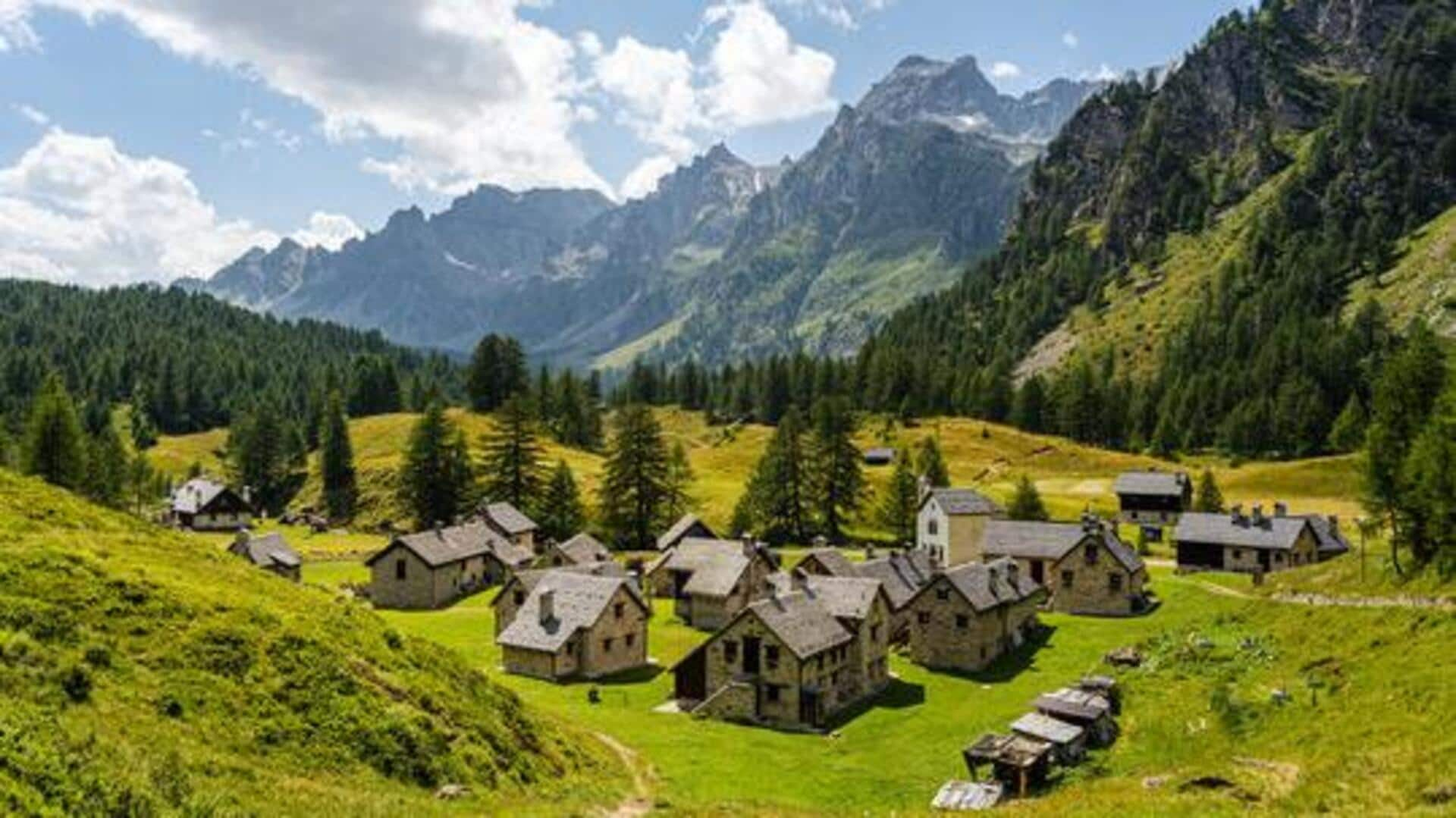
Why Switzerland's alpine hamlets are worth visiting
What's the story
Switzerland's alpine hamlets give a peek into the country's rich cultural heritage. These small villages, hidden in the mountains, preserve traditions that have been passed down generations. Visitors can experience the real Swiss life, from traditional crafts to local festivals. Exploring these hamlets gives you an opportunity to understand and appreciate the timeless customs that continue to thrive amidst modernity.
Craftsmanship
Traditional craftsmanship in Alpine villages
In many alpine hamlets, traditional craftsmanship is still an integral part of everyday life. The artisans create handmade goods using techniques perfected over centuries. From intricate wood carvings to delicate lacework, the crafts are not just a source of income but also a way to keep cultural practices alive. Visitors can often see artisans at work and buy unique souvenirs straight from the makers.
Festivals
Local festivals celebrating heritage
Alpine villages celebrate a number of festivals all year round, celebrating everything from seasonal changes to historical events. These are colorful events showcasing the local culture, with music, dance, and traditional costumes. Attending these festivals gives visitors an immersive experience of the community's way of life and how their customs have survived the test of time.
Cuisine
Culinary traditions passed down generations
The culinary traditions of Swiss alpine hamlets are steeped in history. Many recipes are family heirlooms, passed down through generations, made with local ingredients. The dishes often represent the region's agriculture and the seasonality of its produce. Sampling the local cuisine is an integral part of visiting these villages and gives you a taste of authentic Swiss flavors.
Language preservation
Preserving language and dialects
Language plays a key role in keeping the cultural identity intact in alpine communities. Many villages speak dialects unique to their region, which are kept alive through oral tradition and education in families. Locals make an effort to teach the younger generation their native tongue along with standard languages like German or French, ensuring linguistic diversity continues for years to come.